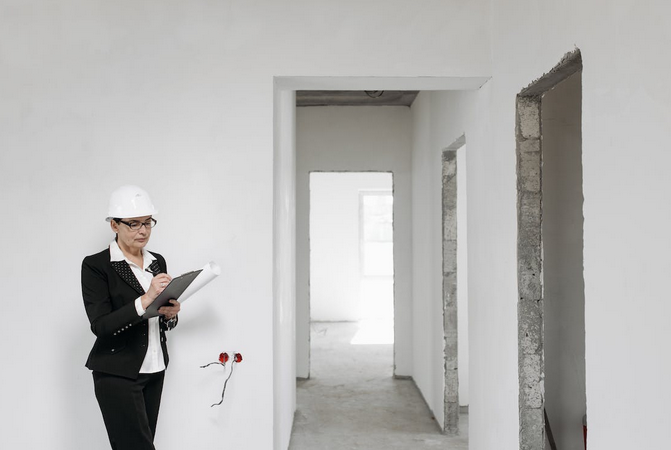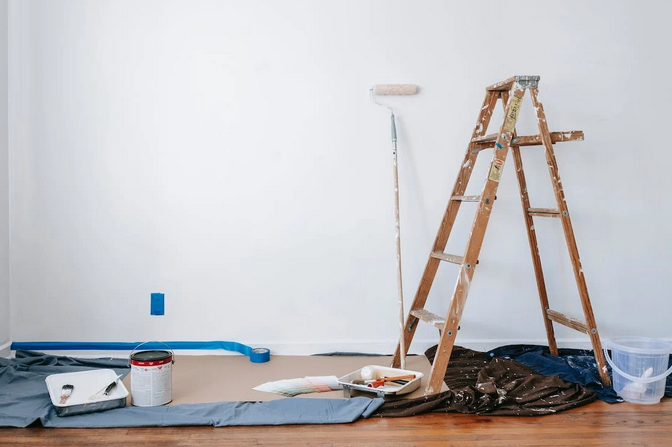House Flipping Strategies: Tips for Renovating and Reselling Homes
Flipping houses has emerged as a compelling venture in the realm of real estate, offering investors a dynamic opportunity to revitalize properties for profitable resale. This niche within the real estate market demands a unique blend of foresight, strategic planning, and a keen eye for potential. The question is, can you sell a fire damaged house? Fortunately, yes, and house flipping isn’t just about buying low and selling high. It’s an intricate dance of market analysis, budget management, renovation prowess, and astute timing. In this comprehensive guide, we delve into the art of house flipping, dissecting essential strategies and proven tips that seasoned flippers and aspiring investors alike can employ.
Market Research and Analysis: Identifying Profitable Properties

The key to a successful house flip begins with thorough market research. Identify target neighborhoods or areas with potential for growth. Analyze recent sales, property values, and market trends to pinpoint undervalued properties with high resale potential. Understanding the market dynamics aids in making informed investment decisions.
Budgeting and Cost Management: Estimating and Controlling Expenses
Creating a detailed budget is crucial for a profitable flip. Account for renovation costs, acquisition expenses, holding costs, and potential contingencies. Aim for a realistic renovation budget, allowing room for unexpected expenses. Strive to manage costs effectively without compromising quality to ensure a profitable resale.
Strategic Renovations and Upgrades: Maximizing Property Value
Focus on strategic renovations that add value to the property. Prioritize upgrades that offer the most return on investment, such as kitchen and bathroom renovations, fresh paint, flooring updates, and curb appeal enhancements. Aim for a balance between cost-effective improvements and appealing aesthetics to attract potential buyers.
Efficient Project Management: Timely and Quality Renovations

Efficient project management is key to a successful flip. Develop a timeline and stick to it. Coordinate contractors, oversee renovations, and ensure quality workmanship within set deadlines. Timely renovations reduce holding costs and expedite the resale process, maximizing profitability.
Effective Marketing and Staging: Showcasing the Property’s Potential
Effective marketing is essential to attract potential buyers. Invest in professional photography and create a compelling listing highlighting the property’s features and renovations. Stage the property to showcase its potential, allowing buyers to envision themselves living in the space. Emphasize the improvements made to justify the resale price.
Strategic Timing and Selling: Capitalizing on Market Conditions

Timing is critical in house flipping. Aim to sell the renovated property during peak selling seasons when market conditions are favorable. Aligning the sale with high-demand periods can attract more buyers and potentially increase the selling price, maximizing profits.
Successful house flipping requires a blend of strategic planning, market knowledge, effective budgeting, skillful renovations, and astute timing. By conducting comprehensive market research, managing budgets efficiently, focusing on value-adding renovations, implementing effective project management, showcasing properties effectively, and capitalizing on opportune selling moments, investors can increase their chances of achieving profitable outcomes in the competitive world of house flipping.




